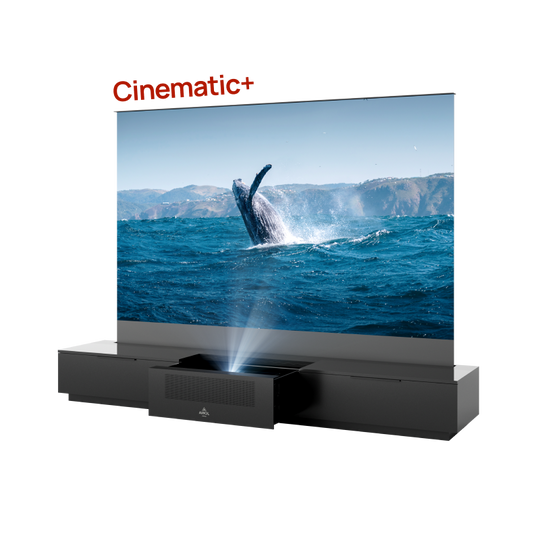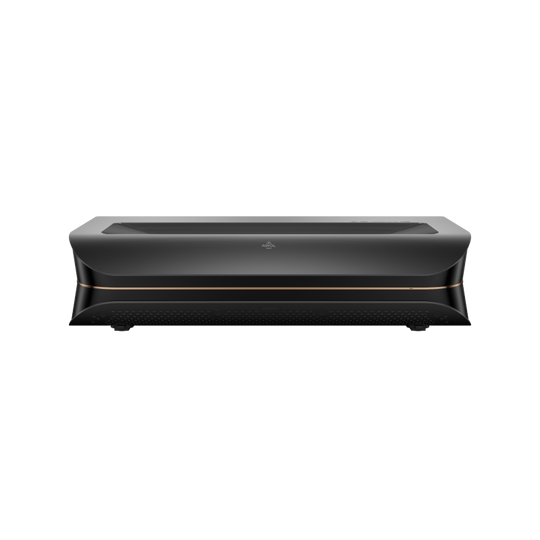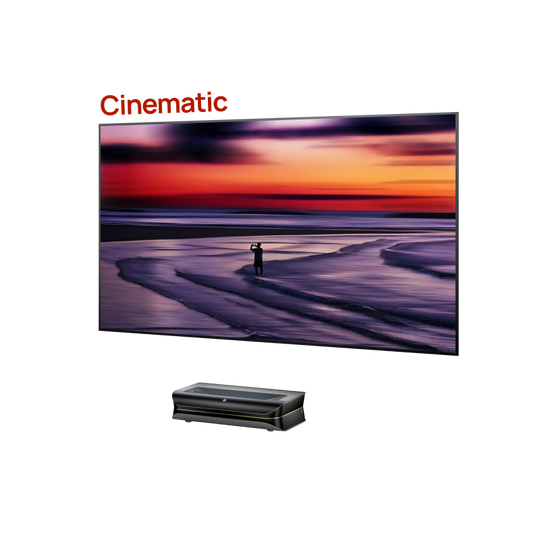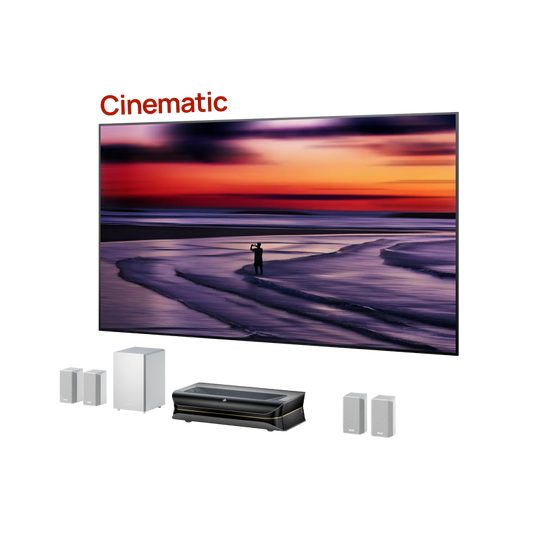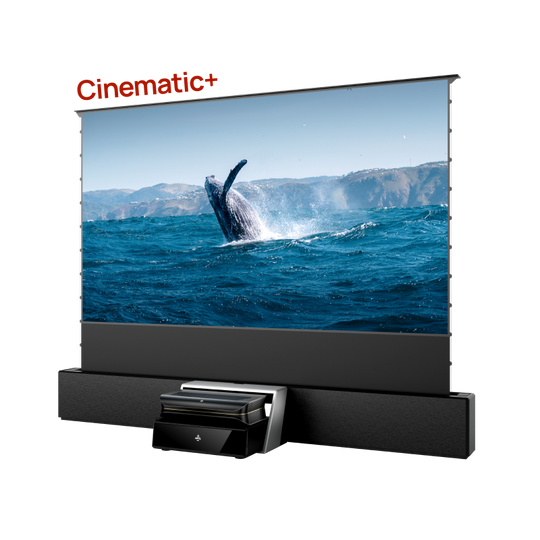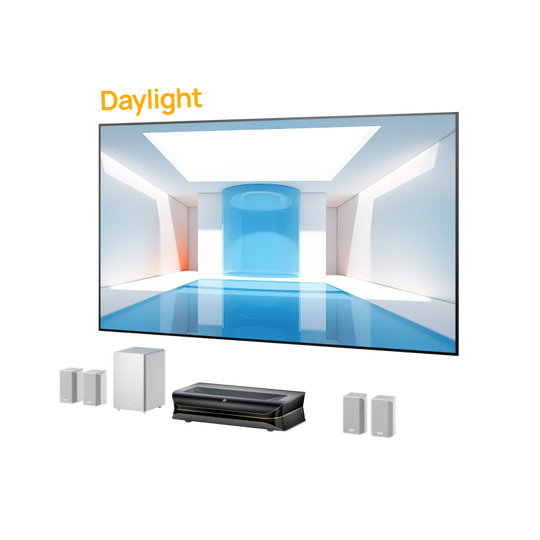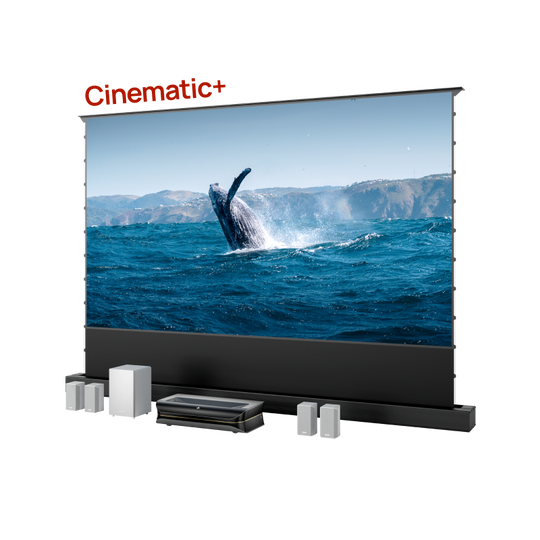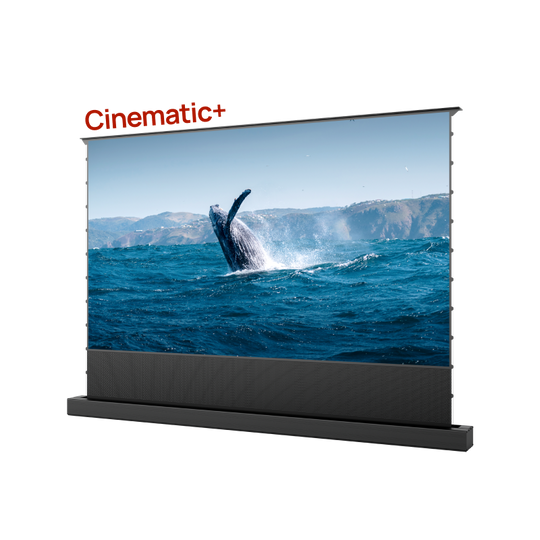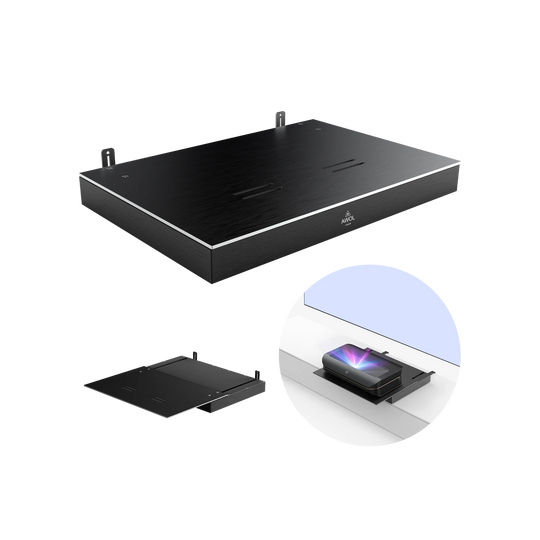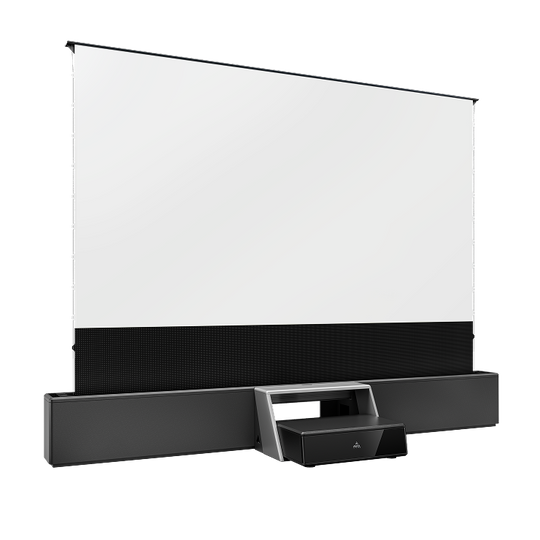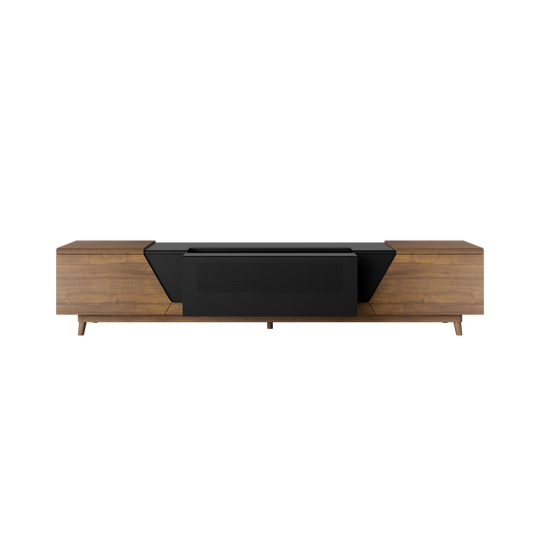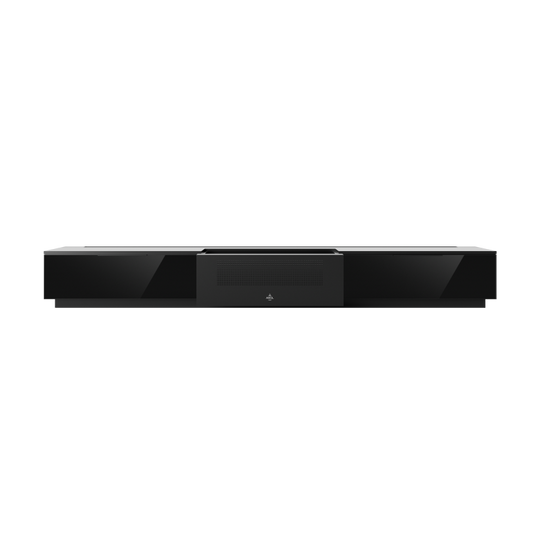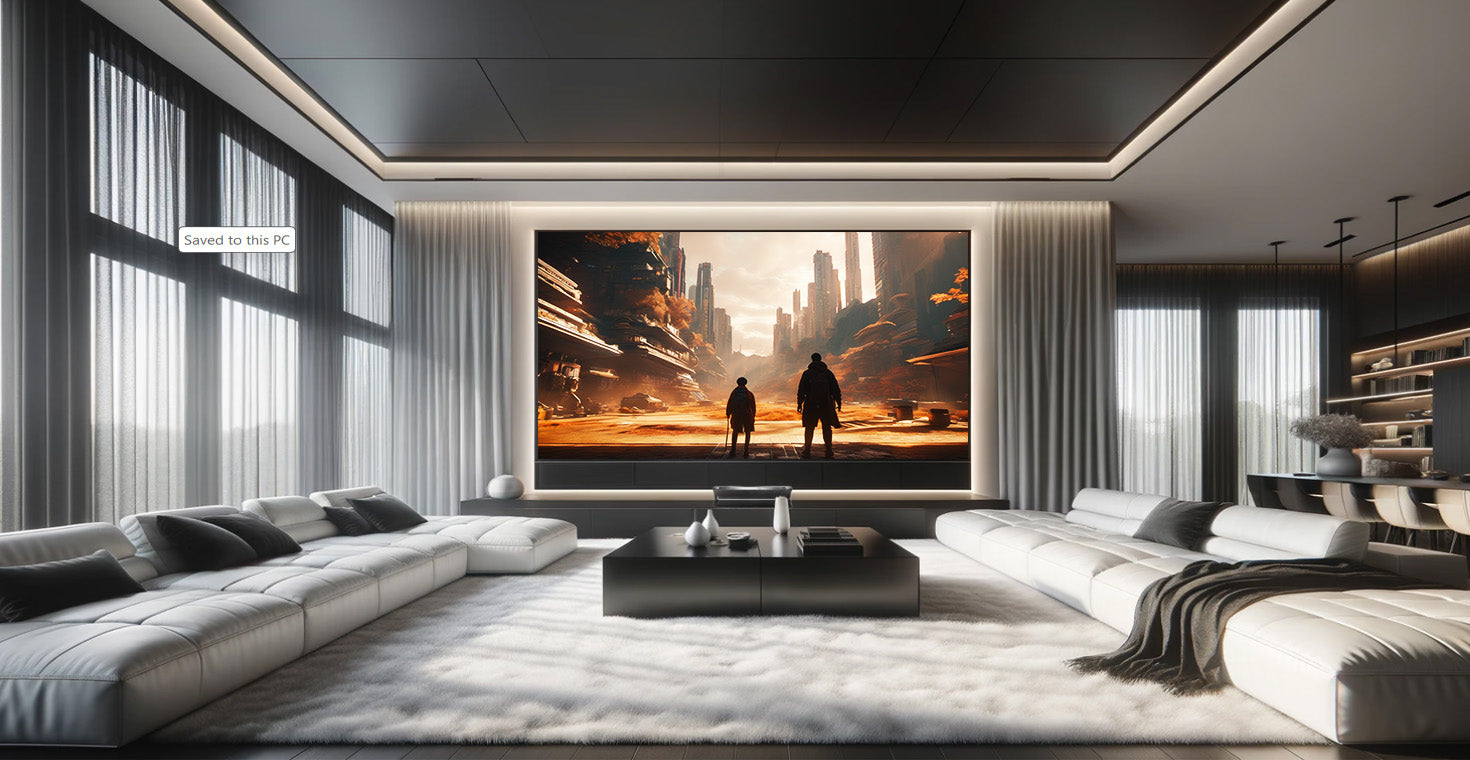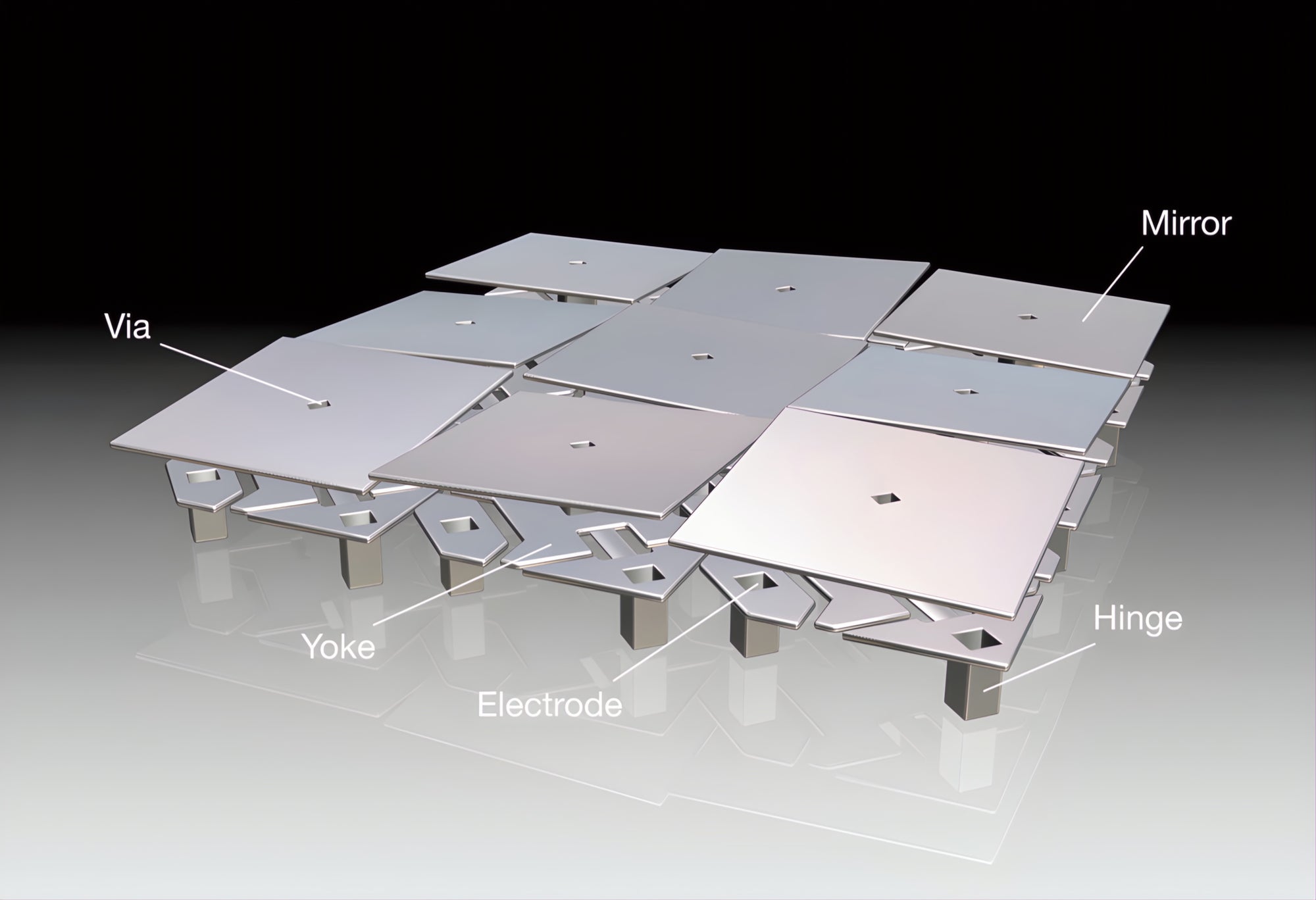I am sure that many of you have heard of this. It is not usually given as a value by projector manufacturers because it is quite difficult to measure as it is significantly affected by the ambient conditions. However, it plays a very important role in the final result of the image you see on your projector. It's time to talk about it and understand how exactly it affects the quality of the image and why it is considered by many to be perhaps the most important characteristic of a modern digital projector. Let us talk about ANSI contrast.
ANSI contrast
The ANSI contrast (American National Standards Institute) is a key figure for evaluating the performance of a projector. It measures the contrast between white and black squares in a checkerboard pattern projected simultaneously on a screen. This test takes into account both the brightest and darkest parts of the image and reflects the projector's ability to maintain contrast in mixed images with light and dark content.
To make it simpler, the value of ANSI contrast provides information about the projector's ability not to scatter the light from the white point of the image to the adjacent dark point, thereby destroying the blacks.
ANSI contrast is a critical measure of real-world viewing experiences, as it indicates how well the projector can handle complex images with different brightness within the same scene. It effectively captures also the dynamic capability of the projector in different lighting environment conditions.
On/Off contrast
The on/off contrast ratio, on the other hand, measures the difference in brightness between the brightest white and the darkest black that a projector can produce, not simultaneously but in isolation.
This measurement is made by projecting a completely black image and a completely white image, measuring the brightness of both images, and calculating the ratio.
The on/off contrast ratio is usually significantly higher than the ANSI contrast, as it does not take into account the interplay of bright and dark elements within the same scene. It shows the maximum contrast potential of the projector, but may not accurately reflect everyday viewing conditions where bright and dark blended images are common.
Typical contrast ratios of DLP projectors
In practice, the typical on/off contrast ratio of DLP projectors is around ~2,000:1. This means that the brightest white is 2,000 times brighter than the darkest black under ideal conditions.
On the other hand, the typical ANSI contrast ratio for these projectors is around ~350:1. This lower value illustrates the realistic contrast performance in typical viewing scenarios where images contain a mixture of bright and dark content.
The Impact of High ANSI Contrast on Projected Image Quality
Unlike the on/off contrast ratio, which evaluates the maximum black and white values that a projector can display independently, the ANSI contrast takes into account the performance of white, black, and all intermediate shades of gray when they are present on the screen at the same time. This factor is crucial because real-world content rarely consists of just black or white images, it is the mid tones that often determine the image quality of a scene.
High ANSI contrast plays an essential role in overall image quality as it provides a wider dynamic range.
In addition, a high ANSI contrast has a significant effect on the color reproduction of the projected images. In scenes where bright and dark colors coexist, a projector with a high ANSI contrast ratio can effectively maintain the purity and saturation of darker colors even in the presence of brighter colors nearby. This prevents brighter colors from overpowering darker colors, which can lead to washed-out images and loss of detail.
For example, in a scene showing a sunset, the deep blues and purples of the twilight sky should remain vivid and correct saturated against the bright oranges and reds of the sun’s bright color.
High ANSI contrast ensures that both brighter and darker color shades retain their intensity and original saturation, improving the overall picture quality and making the projected image more captivating and true to life.
Boosting ANSI contrast with CLR screens and RGB laser UST projectors
The combination of CLR (Ceiling Light Rejecting) screens with the latest UST RGB laser projectors results in a significant improvement in ANSI contrast, which is crucial in both bright and dark viewing conditions.
CLR technology has been developed to effectively minimize interference from ambient light, allowing for deeper blacks and more saturated colors. Combined with RGB laser projectors, known for their superior native ANSI contrast, this setup produces images where the ANSI contrast is almost equal to the traditionally higher on/off contrast ratio.
This powerful combination results in exceptional image quality in terms of contrast and color saturation which is currently unmatched by other technologies on the market. In ambient light environments, this setup preserves the depth of blacks and the integrity of colors that are normally compromised by external light sources in a bright room.
The same high contrast levels are also noticeable in darker environments, where the high ANSI contrast adds depth to the image by “holding its ground” in mixed scenes and significantly improves the viewer’s experience.
This capability of CLR screens and RGB laser projectors not only meets the challenges of different lighting conditions but also sets a new standard in projector technology in general.
AWOL Vision

